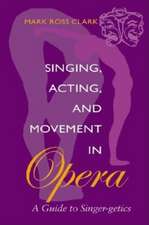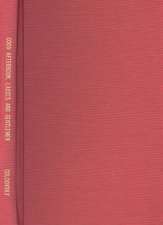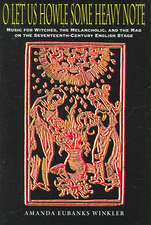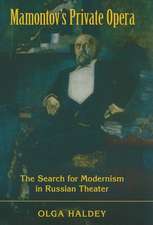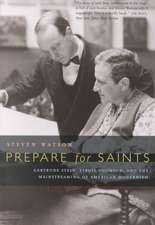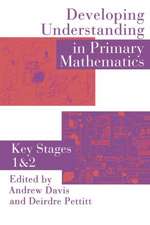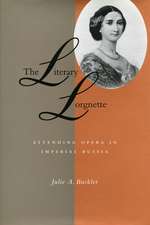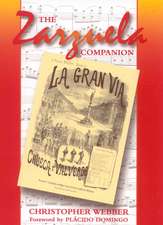Il Trittico, Turandot, and Puccini`s Late Style
Autor Andrew Davisen Limba Engleză Hardback – 8 sep 2010
Preț: 260.25 lei
Nou
Puncte Express: 390
Preț estimativ în valută:
49.80€ • 51.89$ • 41.23£
49.80€ • 51.89$ • 41.23£
Carte tipărită la comandă
Livrare economică 03-17 aprilie
Preluare comenzi: 021 569.72.76
Specificații
ISBN-13: 9780253355140
ISBN-10: 0253355141
Pagini: 328
Ilustrații: 33 music exx.
Dimensiuni: 152 x 229 x 15 mm
Greutate: 0.58 kg
Editura: MH – Indiana University Press
ISBN-10: 0253355141
Pagini: 328
Ilustrații: 33 music exx.
Dimensiuni: 152 x 229 x 15 mm
Greutate: 0.58 kg
Editura: MH – Indiana University Press
Cuprins
Acknowledgments; Note on Scores, Librettos, and TranslationsIntroduction: Hearing Puccini; 1. Stylistic Plurality, Narrative, Levels of Discourse, and Voice; 2. The Romantic Style in Late Puccini; 3. Expressive Uses of Convention in Il tabarro; 4. Formal Multivalence in Suor Angelica; 5. Humor and Filmic Effects in the Structure of Gianni Schicchi; 6. Puccini's Solution: Integrating the Conventional and Unconventional; Epilogue: Late Style and PucciniNotes; Bibliography; Index
Recenzii
In this expertly written study, Davis defines the core quality of Giacomo Puccini's last four operas as a plurality of styles employed strategically toward formal and expressive ends. His conclusion--that Puccini's late style is essentially episodic, relying for its greatest impact on the juxtaposition of a traditional lyric, primarily vocal style (familiar to the audience of Puccini's day) and a more modern, international style--resonates in particular in reference to the organizing schemata of 19th-century Italian opera known as la solita forma. Davis lays out his theories in chapters devoted to each of Puccini's last four works. Absent an extensive knowledge of these operas, readers will want to have at hand a score to locate the many references cited in order to appreciate the full import and elegance of Davis's theories. Potentially contentious questions of composer's intent and audience reception are dealt with in sophisticated and convincing ways, as is the extent to which Puccini's personal life influenced his late style. Conversant in a wide range of disciplines, Davis has contributed an important addition to the field of Puccini studies and 19th-century Italian opera literature. Summing Up: Recommended. Upper-division undergraduates through faculty and professionals. -- ChoiceS. C. Champagne, Oberlin College Conservatory of Music, May 2011--S. C. Champagne, Oberlin College Conservatory of Music (01/01/2011)
Notă biografică
Descriere
Music and meaning in Puccinis last works



